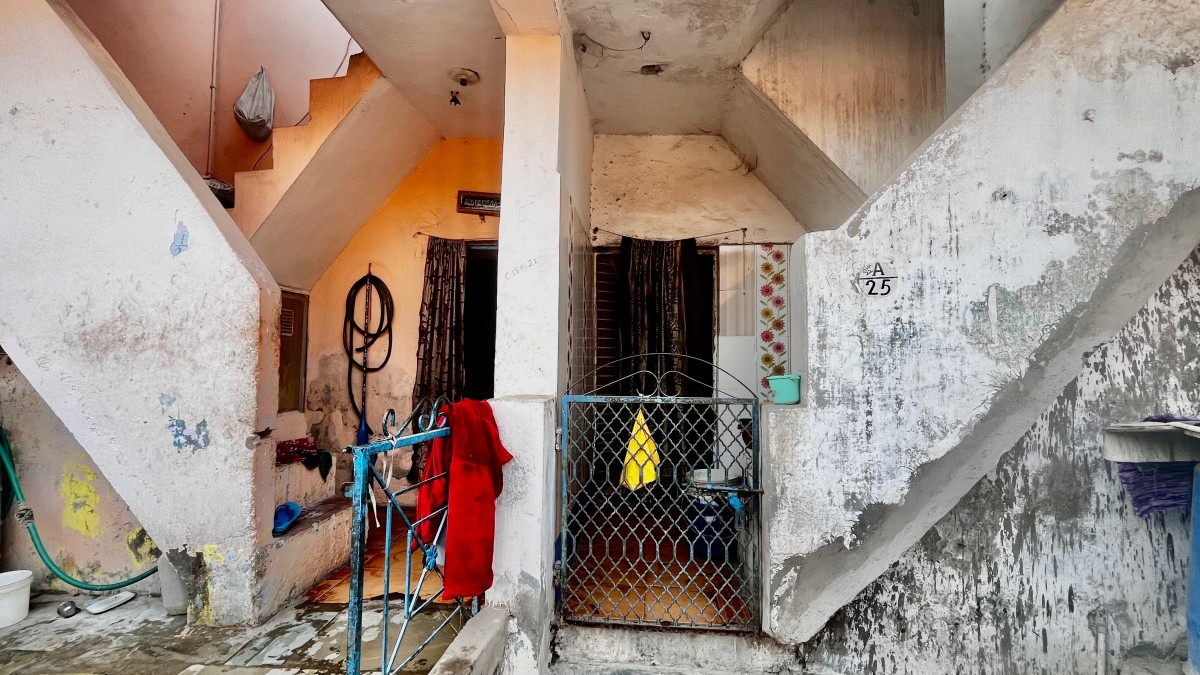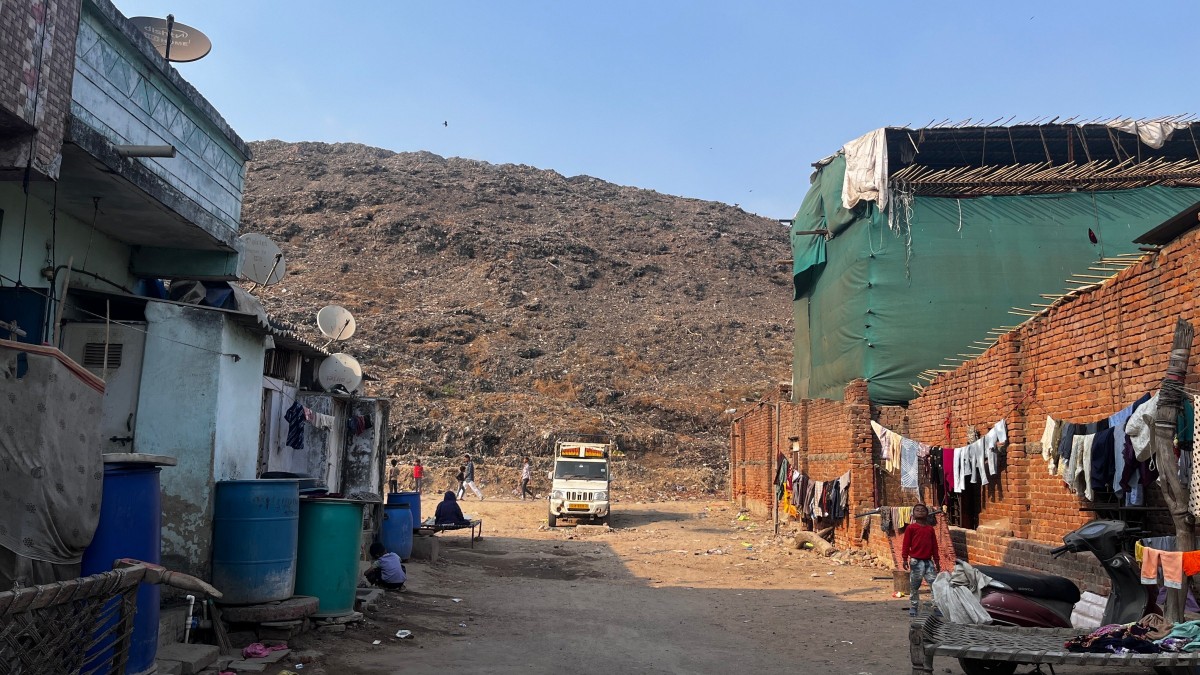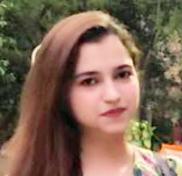
Ahmedabad: “It has been 22 years, yet I feel scared of going into Hindu dominant areas. I cannot even think of living there,” said Syed Noor Bano, a survivor of the 2002 Gujarat riots.
Bano is a former resident of Naroda Patiya – a formerly mixed neighbourhood of Ahmedabad, which saw communal massacres a day after the Godhra train burning on February 28, 2002 and the brutal murder of 96 Muslims.
Apart from being a survivor, Bano is also a witness of the Naroda Patiya massacre and had identified at least four rioters who killed and raped Muslims in the area.
Several witnesses like Bano were informed in December 2023 that the police is to withdraw their security cover. Many such witnesses were in the protected persons category since 2009.
This decision has been taken 15 years after the Supreme Court-appointed special investigation team formed a witness protection cell for the complainants/witnesses of the 2002 riots. The Gujarat government has now withdrawn security cover of various witnesses, lawyers of victims and even a judge who convicted 32 accused in the Naroda Patiya case.
In 2009, the Supreme Court had recommended that the SIT must form a special witness protection cell considering the gravity of the the nine cases that it was dealing with.
Unprotected, uncertain
Mohammed Abdul Hameed Sheikh lives in Ahmedabad’s Citizen Nagar, an area which is particularly distinguishable because of its rugged roads, worn out signboards, overwhelming stench of chemicals and heaps of garbage which cast a shadow on the life of the residents of the area. Citizen Nagar houses more than 50 Muslim families who were displaced in the 2002 riots and have been living here for the past 22 years now.

Witnesses of the Gujarat Riots have been living under police protection for more than a decade now. Photo: Tarushi Aswani
Sheikh, also a witness, feels that the decision to withdraw security of the witnesses was ‘planned’ to expose them to vulnerabilities that are associated with their lives as being witnesses to crimes committed against Muslims.
“Who will listen to us? If we urge them to restore our security cover, I don’t think it will make a difference,” said Sheikh
Sheikh’s house in Citizen Nagar has two identities, one is his address and the other is termed “CISF 22”, the label his house wears for belonging to a protected witness.
Former principal city sessions judge Jyotsna Yagnik, who had convicted 32 of the accused in the Naroda Patiya case involving the massacre of 97 people, is also among those who have lost police protection. She had two layers of security assigned to her after she received threats. The Wire spoke to Yagnik, who refrained from commenting on the matter.
Also read: Twenty-Five Years Ago, a Murder Most Foul
‘Ram Mandir is a reminder’
On February 27, 2002, a train carrying Hindu pilgrims returning from Ayodhya stopped at Godhra, a small town in Gujarat’s Panchmahal district, about 150 km from the state’s capital, Gandhinagar.
After an alleged scuffle between Hindus and Muslims, details of which remain unclear to this day, it is said that the train was set ablaze, reportedly killing 59 Hindu pilgrims. The Gujarat state government, then headed by Prime Minister Narendra Modi, said a majority of the dead were karsevaks (volunteers) who had gone to Ayodhya to campaign for the construction of a temple dedicated to Hindu God Ram at the exact site where the Babri Masjid was demolished by a Hindu mob in 1992.
After the news of the burning of the train at Godhra spread, it was followed by the worst religious violence in independent India’s history, in which nearly 2,000 people were killed, hundreds of women raped and thousands of homes and mosques destroyed across the state.
Recalling her own experience ,Bano said, “Maahol waisa hi bann raha hai, wahi jaloos, wahi bhagwa jhande, humein ander se darr lagta hai (The same atmosphere is being built up today, the same saffron flags, we are scared).” She identified right-wing extremists in the Naroda Patiya case (FIR 100/02) which is currently with the Supreme Court.

Citizen Nagar was originally meant to be a temporary relocation for those displaced Muslims who were victims of the 2002 riots. Photo: Tarushi Aswani
Like Sheikh, Bano and other witnesses have also shared how the withdrawal’s proximity to the consecration ceremony at the Ram Mandir in Ayodhya rekindles their fears since, they say, it was the quest for the same Ram Mandir which triggered the entire episode which culminated in massive violence.
Maroof Pathan, another witness, feels insecure for his family now that his protection has been withdrawn. In the same case, Pathan had identified and testified in court on the involvement of Guddu Chara, Bhawani Sinh, Maya Kodnani and Babu Bajrangi.
“I saw how they killed children and raped Muslim women in 2002. We have never had any problems with any mandir, just with the way we were killed and ousted. We were not given any reason, and with the current circumstances, we are bound to feel scared. It has been two decades of living under fear,” explained Pathan.
Watch: The Story Of Saleem, Who Saw Gujarat in 2002 and Delhi in 2020
Another aspect that severely bothers Pathan and other parties who have lost police cover is that in April 2022, a special SIT court in Ahmedabad acquitted all 67 accused, including Kodnani, Bajrangi and Vishwa Hindu Parishad leader Jaydeep Patel, in the 2002 Naroda Gam massacre case where 11 Muslims were killed. Those acquitted in the Naroda Gam case have also been named as accused in the Naroda Patiya case, doubling the worries of witnesses as they breathe only kilometres away from those they have testified against.






